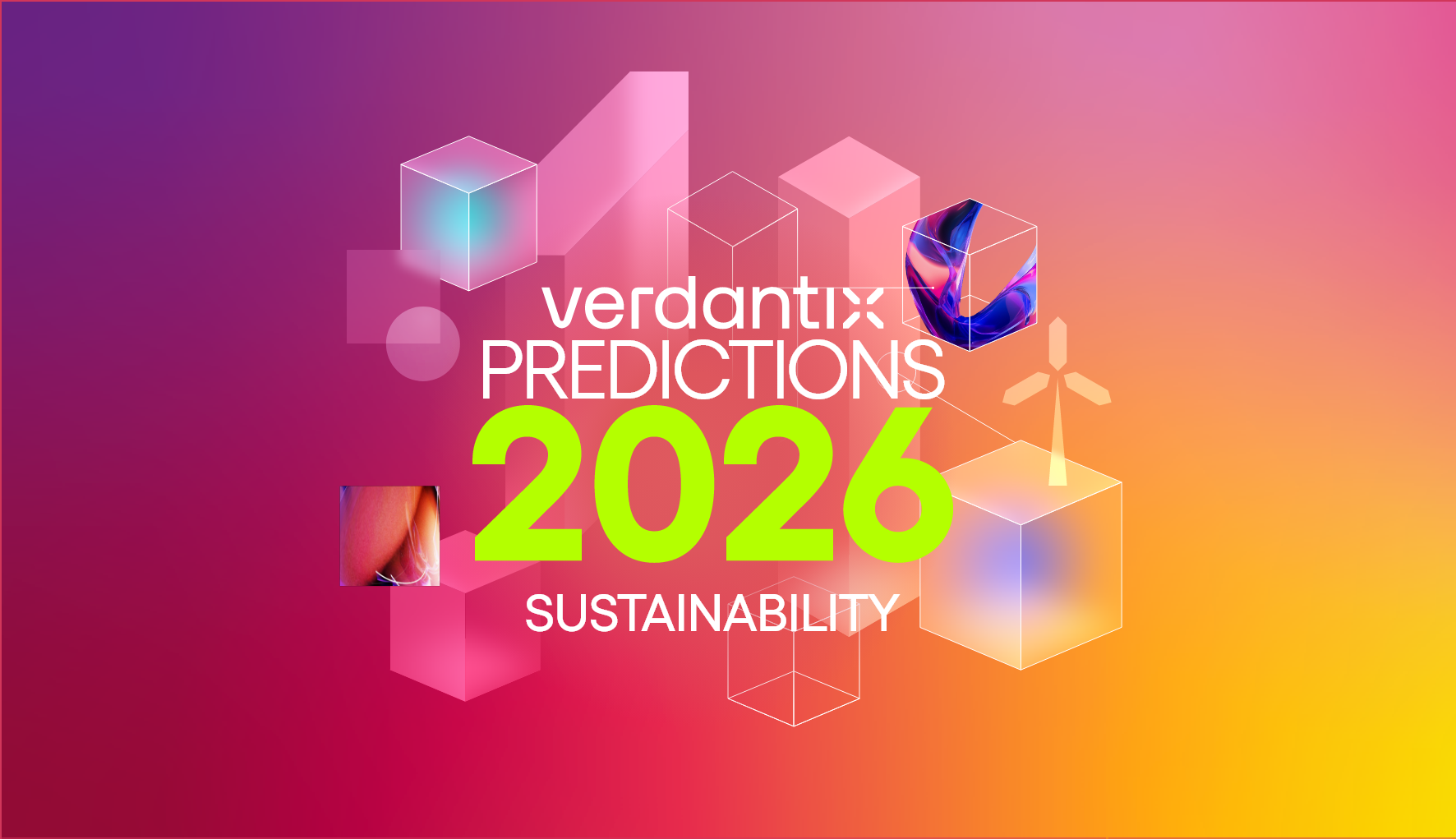Insights From The Verdantix 2024 Tech Roadmap On Circular Economy & Supply Chain Sustainability Technologies
At the heart of both circular economy and supply chain sustainability lies the shared goal of creating systems that operate within ecological limits, while ensuring long-term economic viability. Verdantix has therefore released an upgraded iteration of its previous Tech Roadmap, adding supply chain sustainability technologies to those profiled. This latest instalment features nine new technologies, taking the grand total for the 2024 report to 22. The Roadmap ranks these technologies on several factors, including maturity level, business value and pace of innovation.
Circular economy and supply chain sustainability: a synergistic approach
The push for a technological upgrade comes as firms realize that the overlap between circular economy and supply chain sustainability can generate long-term benefits, such as cost savings, risk mitigation and improved regulatory compliance. By leveraging these technologies, firms are better positioned to create resilient, environmentally responsible supply chains. Key technological developments encompass:
- AI for waste management and material recovery.
AI plays a crucial role in revolutionizing waste management and material recovery, both of which are integral to a circular economy. AI-powered air sorting systems, for example, can rapidly identify and sort recyclable materials, significantly improving the efficiency of recycling operations. These systems reduce contamination and increase the recovery of valuable materials, which, in turn, decreases the need for raw material extraction. In the context of supply chain sustainability, AI is helping to optimize route planning and logistics, reducing emissions and minimizing resource use. AI-powered predictive analytics also improve demand forecasting, inventory management and production planning, leading to reductions in overproduction and waste.
- Blockchain for transparency and traceability.
Blockchain technology is enabling supply chain transparency, providing immutable records that verify the sustainability credentials of products. Blockchain facilitates digital product passports (DPPs), which contain comprehensive information about a product’s life cycle, covering materials, manufacturing processes and recycling instructions, and supporting chain of custody, decentralized data storage and secure data sharing. DPPs promote accountability and empower consumers to make informed, sustainable choices. Furthermore, blockchain can incentivize participation in recycling programmes by offering tokenized rewards for returning products at the end of their life cycle.
- IoT for real-time monitoring and tracking.
The Internet of Things (IoT) is revolutionizing circularity and supply chain operations by enabling real-time monitoring, automation and optimization. IoT-enabled smart waste bins, for instance, use sensors to detect waste levels and notify collection systems when full, improving waste collection efficiency and reducing carbon emissions. IoT also enhances reverse logistics, allowing firms to track the location and condition of products for recycling, repair or refurbishment. This capability is crucial for extending product life cycles and ensuring efficient material recovery – both of which align with circular principles.
To learn more about the landscape, read Verdantix Tech Roadmap: Circular Economy And Supply Chain Sustainability Technologies (2024).
About The Author

Jessie Wilson
Industry Analyst





